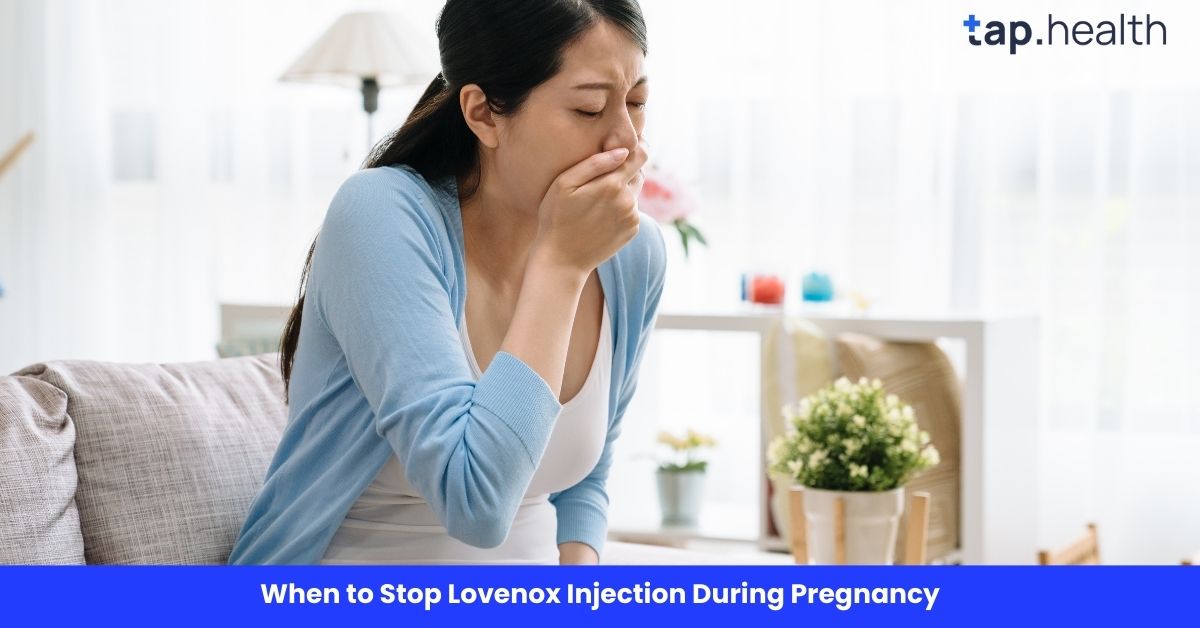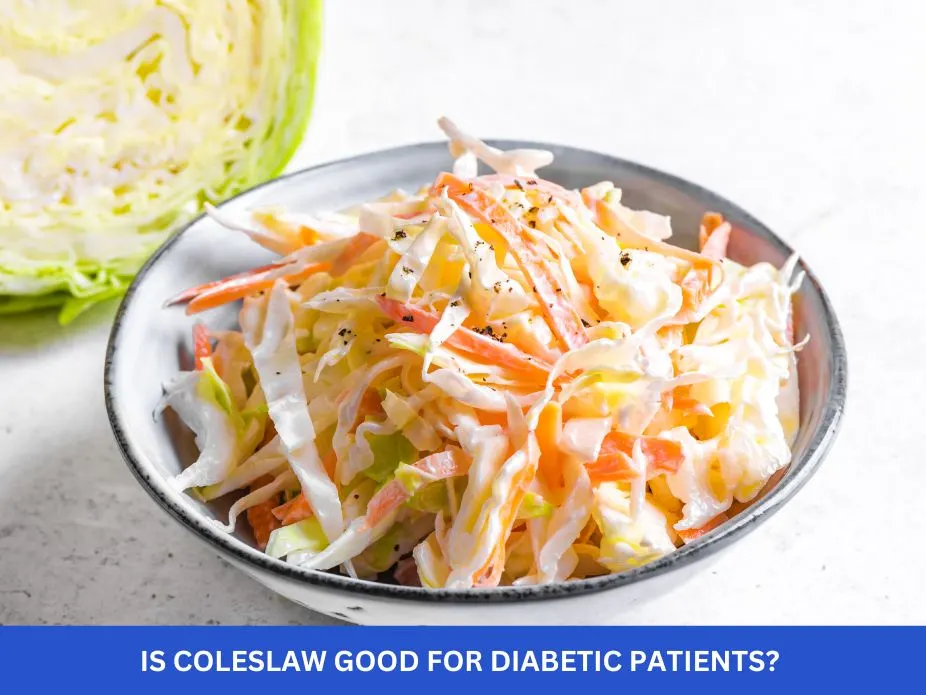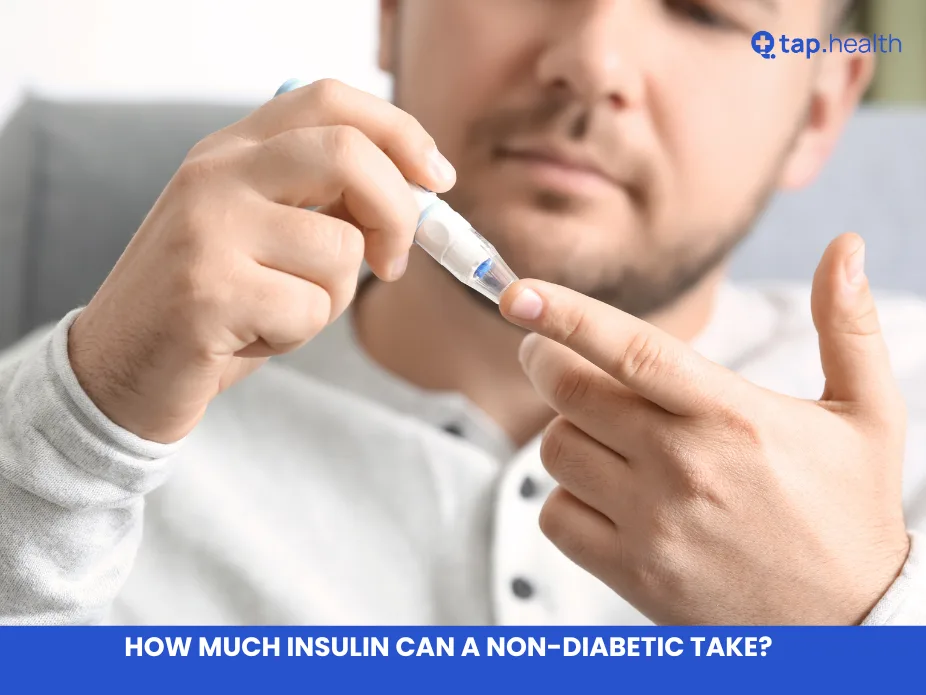Lovenox (enoxaparin), also known by its brand name Lonopin, is an anticoagulant (blood thinner) commonly prescribed during pregnancy to prevent blood clots. For women who have conditions like deep vein thrombosis (DVT), pulmonary embolism (PE), or are at high risk for clotting disorders, Lovenox can be essential in maintaining a healthy pregnancy. However, many women wonder when they can safely stop taking Lovenox injections during pregnancy. This article will explore the purpose of Lovenox, its role in pregnancy, and the factors that determine when it’s safe to stop taking it.
What is Lovenox (Lonopin)?
Lovenox, also known as enoxaparin, is a low-molecular-weight heparin (LMWH) used to prevent and treat blood clots. It works by inhibiting certain clotting factors in the blood, preventing abnormal clotting that could lead to conditions like DVT or PE. Lovenox is often prescribed for pregnant women who have a history of blood clots, certain inherited clotting disorders, or other conditions that increase the risk of clotting during pregnancy.
Why is Lovenox Used During Pregnancy?
Pregnancy itself increases the risk of blood clots due to changes in blood flow and the body’s increased clotting tendency. Women who have underlying health conditions such as antiphospholipid syndrome, previous history of blood clots, or those undergoing in vitro fertilization (IVF) are often prescribed Lovenox to prevent complications during pregnancy.
Lovenox helps to:
- Prevent deep vein thrombosis (DVT), a clot that can form in the legs.
- Prevent pulmonary embolism (PE), which occurs when a clot travels to the lungs.
- Treat existing blood clots and prevent further complications.
Lovenox is typically administered via injection, usually in the abdominal area, and is a common treatment during pregnancy due to its safety profile.
When to Stop Lovenox Injection During Pregnancy
The decision of when to stop Lovenox injections during pregnancy depends on several factors, including your health, the reason for using Lovenox, and your healthcare provider’s recommendations. There is no one-size-fits-all answer, and it’s important to follow the guidance of your healthcare team.
1. When You’re Near the End of Your Pregnancy (Typically Around 36 Weeks)
For women who are taking Lovenox to prevent clotting complications, it is usually recommended to stop the medication around 36 weeks of pregnancy. This is because Lovenox is a blood thinner, and continuing it too close to delivery can increase the risk of bleeding during labor and delivery. Stopping the medication before delivery allows the blood to return to normal clotting levels.
- For Scheduled C-sections: If you are planning a C-section, your doctor may recommend stopping Lovenox several days before the procedure (typically 24-48 hours before), depending on the risk factors and the timing of the injection.
- For Vaginal Delivery: If you are having a vaginal birth, stopping Lovenox around 36 weeks or as advised by your doctor can help minimize the risk of excessive bleeding during delivery.
2. If You Have a Low Risk of Clotting Complications After Birth
If you have been using Lovenox as a preventative measure and your risk of clotting complications decreases after birth, your doctor may recommend stopping the medication after delivery. This decision is typically based on your health history, delivery type, and any new developments in your condition.
Your doctor may monitor you after delivery to ensure that you don’t develop any complications that would require further anticoagulation therapy. In some cases, women may need to continue Lovenox for a short period after delivery, especially if they have had a C-section or experienced other complications.
3. For Women With Underlying Clotting Disorders
If you have an underlying clotting disorder, such as antiphospholipid syndrome or a history of recurrent miscarriages or DVT, your doctor may recommend continuing Lovenox injections postpartum. In these cases, Lovenox may be continued for several weeks after childbirth to ensure that you remain protected from clotting complications.
Postpartum anticoagulation therapy may last anywhere from 6 weeks to 6 months, depending on your specific risk factors and health status. Your doctor will provide a detailed plan for continuing or discontinuing Lovenox after pregnancy based on your individual situation.
4. When to Re-start Lovenox After Stopping It
In some cases, you may be advised to restart Lovenox shortly after delivery if you are at high risk for developing a blood clot, such as after a C-section or if you have an increased risk due to other factors like obesity, previous blood clots, or a family history of clotting disorders. This decision is highly individualized and depends on your health history and the type of delivery.
What Happens if You Don’t Stop Lovenox at the Right Time?
If you continue Lovenox too close to delivery, the increased risk of bleeding can lead to complications, such as excessive bleeding during labor or difficulty stopping bleeding after delivery. On the other hand, stopping Lovenox too early could increase the risk of blood clots, especially if you have underlying conditions that predispose you to clotting.
Potential Risks of Stopping Too Early:
- Increased risk of blood clots (DVT or PE): Stopping Lovenox before the appropriate time could leave you at higher risk of developing blood clots.
- Pregnancy complications: Inadequately managed anticoagulation therapy could result in complications during pregnancy or childbirth.
Potential Risks of Stopping Too Late:
- Increased bleeding risk during delivery: Continuing Lovenox too close to delivery increases the risk of bleeding complications during labor and delivery.
- Prolonged bleeding post-delivery: After birth, you may experience excessive bleeding if Lovenox is not stopped in time.
It is important to follow your doctor’s recommendations for stopping Lovenox to avoid any complications related to bleeding or clotting.
Can You Stop Lovenox Suddenly?
Lovenox should generally not be stopped abruptly without consulting your doctor. Stopping Lovenox suddenly may not allow your body to adjust to the change in anticoagulation therapy, which could increase the risk of clotting. Your doctor may advise tapering the medication or switching to another form of blood thinners after delivery if necessary.
Monitoring After Stopping Lovenox
After discontinuing Lovenox, your healthcare provider may recommend additional monitoring to ensure that your blood clotting is within a safe range. This may involve regular blood tests to assess your risk for developing clots or to monitor for any signs of bleeding complications.
Real-Life Scenario
A pregnant woman on Lovenox for a history of blood clots is scheduled for a C-section. Her doctor advises stopping the injections 24 hours before surgery to lower the risk of excessive bleeding during delivery. She is then carefully monitored and, after delivery, her treatment plan is adjusted depending on her recovery and clotting risk.
Expert Contribution
Obstetricians and hematologists emphasize that stopping Lovenox too early may increase the risk of blood clots, while stopping it too late increases bleeding risk during labor or C-section. That’s why individualized timing is critical, based on the mother’s health, risk factors, and delivery plan.
Recommendations Grounded in Proven Research and Facts
- Follow medical advice strictly—do not adjust the timing yourself.
- Planned delivery: Stop Lovenox about 24 hours before induction or C-section.
- Unplanned labor: Seek immediate medical care if contractions or water breaking starts.
- Switching to heparin: Some doctors change medication close to delivery for safer management.
- After delivery: Restart blood thinners only when your doctor approves, usually within 12–24 hours if there are no complications.
FAQ on Stopping Lovenox During Pregnancy
1. When Should I Stop Lovenox Before Delivery?
For most women, Lovenox is stopped around 36 weeks of pregnancy. This is typically done to reduce the risk of bleeding during delivery.
2. What Happens if I Miss a Dose of Lovenox?
If you miss a dose of Lovenox, it’s important to follow the instructions your doctor provides. You may need to take the dose as soon as you remember, but if it’s nearly time for your next dose, skip the missed dose and continue with your regular schedule. Never double the dose.
3. Can I Continue Lovenox After Delivery?
In some cases, women with underlying clotting disorders may need to continue Lovenox postpartum. Your doctor will provide guidance based on your specific situation.
4. Can Lovenox Affect My Baby?
Lovenox is considered safe during pregnancy and has been shown to have minimal risks to the baby. It doesn’t cross the placenta, so it won’t affect the baby directly. However, it is essential to follow your doctor’s guidance regarding its use throughout your pregnancy.
5. What If I Have a C-section?
If you have a C-section, your doctor may advise stopping Lovenox several days before the procedure to minimize the risk of bleeding. Your doctor will provide specific instructions based on your medical history and the type of surgery.
Conclusion
Lovenox (Lonopin) injections are an important part of managing blood clot risks during pregnancy, particularly for women with a history of clotting disorders or other risk factors. The timing of when to stop Lovenox is crucial to avoid complications during delivery and postpartum recovery. Most women will stop taking the medication around 36 weeks of pregnancy, but the decision to discontinue Lovenox should always be made in consultation with your healthcare provider. Your doctor will help determine the appropriate time to stop and whether further anticoagulation therapy is needed after delivery.



